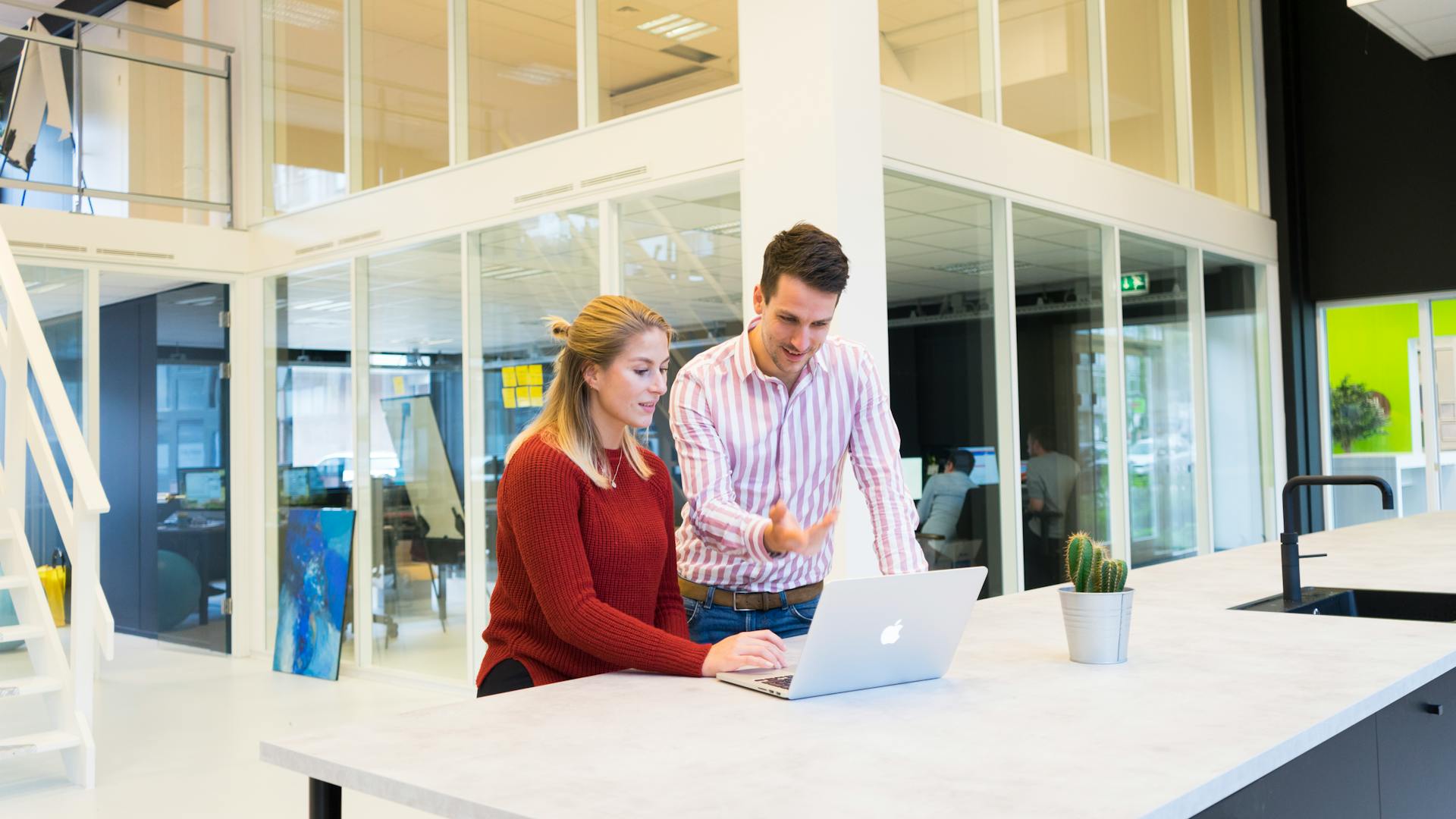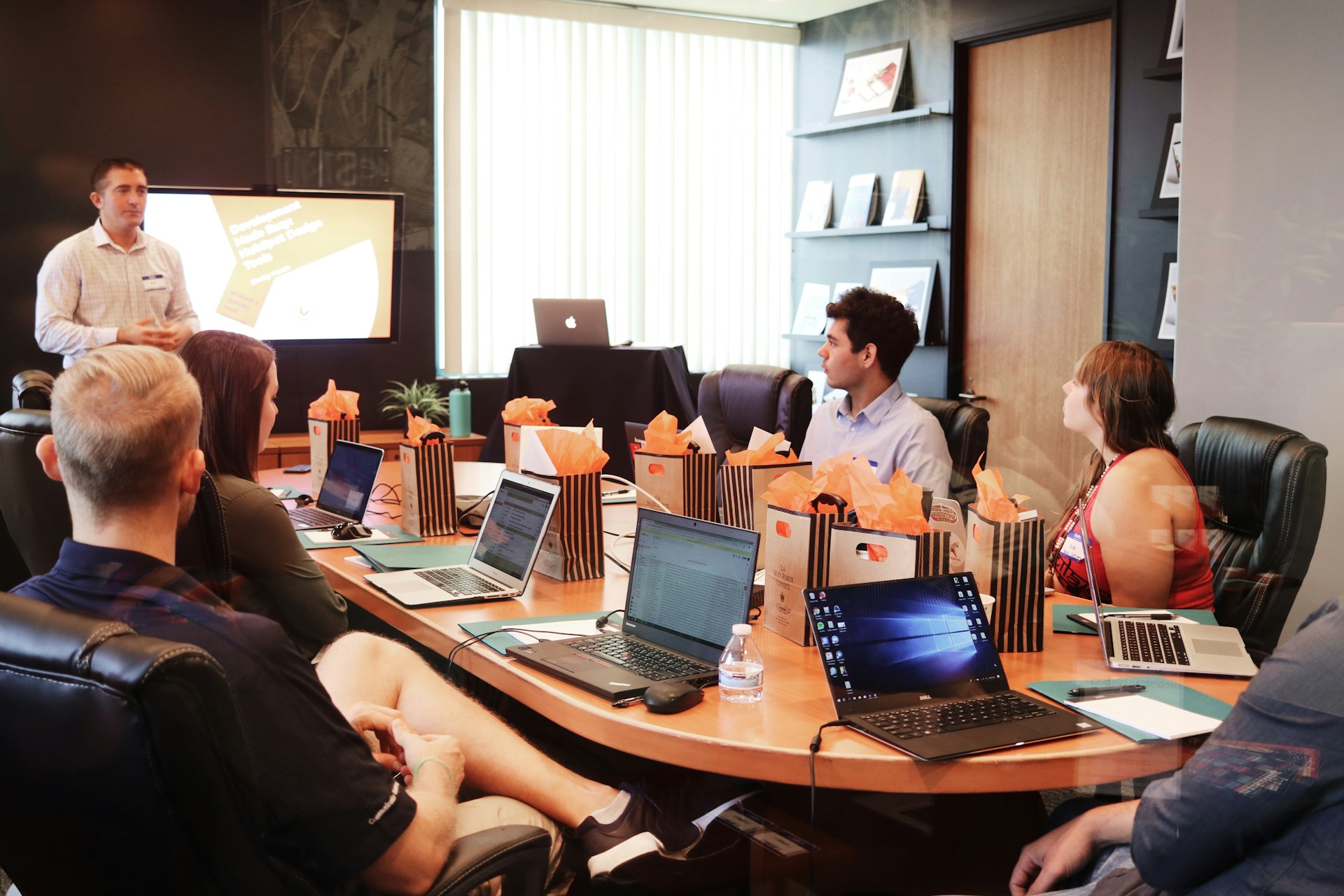What does psychological safety at work mean? What steps can you take to foster a psychologically safe environment in your team?
Let’s discuss the essential role of psychological safety in teams and what you can do to create it.
What is Psychological Safety?
If you feel psychologically safe at work, that means you feel comfortable to express your ideas, communicate, experiment, innovate, be yourself, be vulnerable, and take risks. You aren’t afraid of how others might react to you, punish you, or shame you. Having an environment where team members feel this psychological safety at work can make all the difference for unity and engagement as well as productivity.
Why is Psychological Safety at Work so Important?

Psychological safety at work leads to physical safety. It can help employees feel confident in their roles and avoid burnout as well as lower the risk of physical injuries. Feeling psychologically safe at work can also help employees be more productive, feel more engaged and motivated at work, and create more innovative and creative solutions. The possibilities expand when employees feel valued, comfortable, and safe at work.
Things That Can Harm Employee Health
Employee health can suffer in many ways if certain behaviors or workplace conditions are left unaddressed. For example, employees may hesitate to ask for help when they need it, which can lead to unnecessary stress and mistakes. Skipping breaks or consistently working long hours can quickly contribute to burnout. Hostile behavior and distrust among coworkers create a toxic environment, while using equipment without proper training poses serious safety risks. When issues go unaddressed to avoid backlash, problems only deepen. Similarly, hurrying through tasks or taking on too much in an effort to work faster often results in both physical strain and lower-quality outcomes. Excessive self-pressure, self-neglect, and ignoring core values can also harm an employee’s overall well-being and engagement.
Things That Can Help Employee Health
On the other hand, certain practices can support both mental and physical health in the workplace. Encouraging employees to take risks and ask questions builds confidence and learning. Respectful disagreement fosters a culture of healthy dialogue, while addressing problems directly prevents them from festering. Employees thrive when they feel comfortable being themselves, knowing that mistakes are seen as part of growth rather than failures. Clear company goals help everyone stay aligned, and making time to genuinely get to know coworkers builds trust and camaraderie. Finally, cultivating a collaborative environment ensures that team members work together rather than in isolation, creating a supportive atmosphere for success.
How is Your Team Doing with Psychological Safety?
If you want to assess the level of psychological safety in your team, consider asking yourself a series of questions:
- Do employees feel comfortable expressing opinions and concerns without fear of retaliation or ridicule?
- Are decisions made collaboratively rather than through rigid control over processes?
- Is there a sense of camaraderie and mutual support across the team?
You should also reflect on whether employees are encouraged to take breaks and not overwork, and whether opportunities for career growth are based on merit. Think about your own role, too: do your team members see you demonstrating empathy, integrity, and fairness? Workload distribution, reasonable expectations, and celebrating achievements also play a significant part in shaping the culture. The more you were able to answer “yes” to these questions the more psychologically safe the members of your team are likely to be. But remember that you can always improve in each of these areas and ask for feedback if needed.
HREN’S Courses About Mental Well Being

Supporting mental well-being at work goes hand in hand with fostering psychological safety. When leaders understand how to create inclusive, supportive environments, employees are more engaged, productive, and resilient.
HREN’s courses can help you take the next step in building that culture. Explore Neurodiversity & Productivity: Include More Minds to Make the Most of Your Time, A New Productivity for the New World: Goal Achievement for the 21st Century, A Whole Brain Approach, Before You Let Them Go: A Whole Brain Approach to Helping Team Members with ADHD Thrive in Your Organization, and Embracing Neurodiversity in the Workplace to gain practical strategies for cultivating well-being, inclusion, and long-term success across your team.





